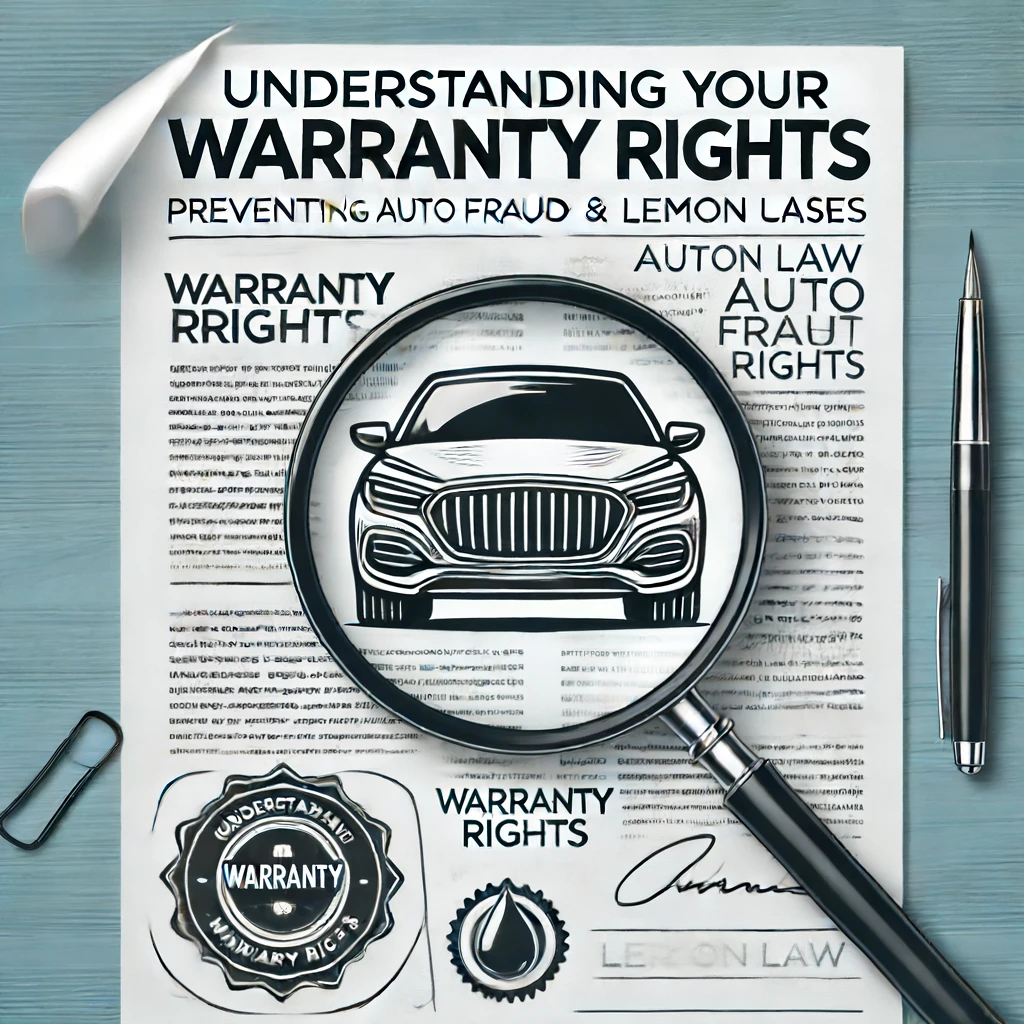
Reading an insurance policy is akin to paying a visit to the family dentist. Well, maybe reading an insurance policy is not as painful as your dentist asking you what you have done the past six months, while shoving multiple tubes into your mouth.
Far too many California consumers fail to read insurance policies and worse, do not spend any time reading the fine print that contains exceptions, exclusions, and other disclaimers insurance companies do not want you to learn.
Let’s review the primary parts of an insurance policy
Definitions and Declarations
The first page to review is the definitions page. Here, you receive an overview of the most used insurance policy terms presented hopefully in plain English. The declarations page presents an overview that mentions policy dates, who is covered under the terms of the agreement, and what exactly insures your car, home, or business. Your car insurance policy can cover the entire family or only you if you opt for solo coverage. Home insurance policies declare how much of your property you have insured. Policy dates such as a one-year car policy or 20-year term life insurance policy are examples of the dates you might see within an insurance policy.
Agreements
An insurance agreement explains in detail what the insurance company promises to cover in case of a home fire or automobile accident. Without a clearly written insurance policy agreement, you do not have a legal case to recoup financial damages. Your insurance company might agree to compensate you for property loss after a flood or a totaled vehicle caused by an accident that was not your fault. With a perils only insurance policy agreement, only the items listed in the policy receive coverage. An all-risk agreement covers every loss suffered, except for excluded property or medical bills.
Conditions
The conditions part of an insurance policy explains what your legal obligations encompass as spelled out by the agreement. You have to follow specific conditions to gain eligibility for compensation. Insurance companies have the legal right to deny insurance coverage for violations of policy conditions. Some of the most common conditions include property damage prevention clauses and legal language that makes it mandatory for you to participate in a liability lawsuit.
Exclusions
You have to read the fine print to find insurance policy exclusions. The policy might include language such as “All parts of the vehicle are covered, except…” Exclusions tell you what property is not covered by the insurance policy. If you read only the declaration and agreement pages, you might believe the insurance company covers everything you own. Sometime, you might notice an asterisk within the declaration and/or agreement sections. Another asterisk located at the bottom of the page describes what the company does not insure. Homeowners who live in flood or earthquake prone areas of the country can expect some property exclusions listed in the fine print of a homeowner’s insurance policy.
Riders
Riders represent changes in your insurance policy at the time of renewal. Instead of writing and printing the new insurance policy, your insurer can legally add amendments that changes some of the policy terms. A common insurance rider automatically adjusts your home insurance coverage to account for inflation. Also referred to as endorsement, the legally enforced insurance policy changes often offer less coverage for medical bills and property damage.
Insurance policyholders who pay premiums on time expect their insurance companies to come through during times of need. However, some insurers attempt to deny coverage premised on complex legal language found within the policy. If your insurance company fails to deliver when it should, contact a licensed consumer protection attorney to determine the strength of your case.





